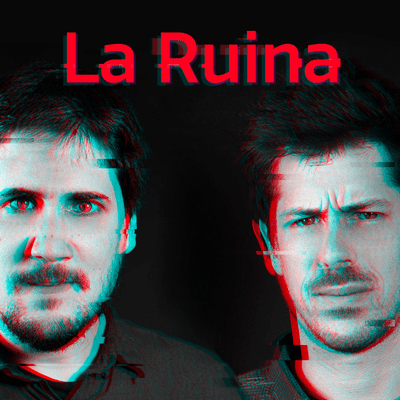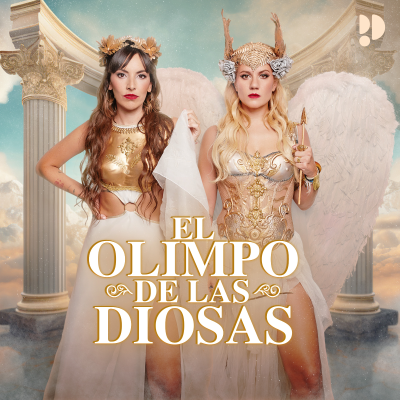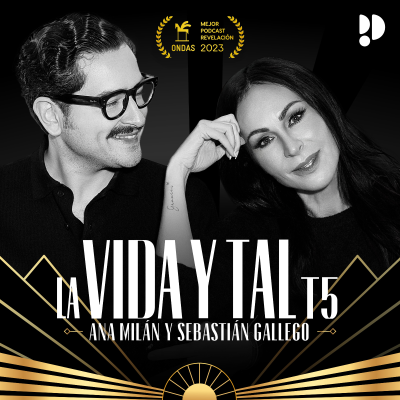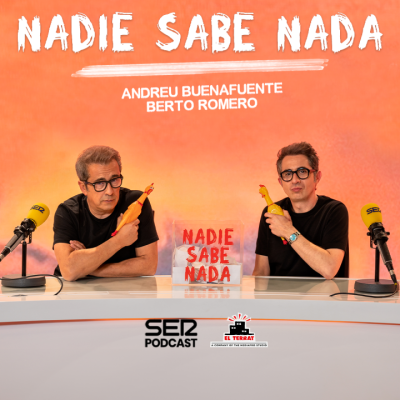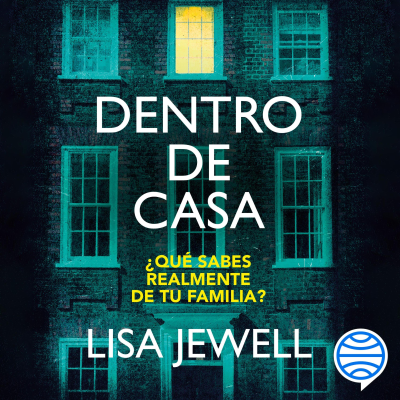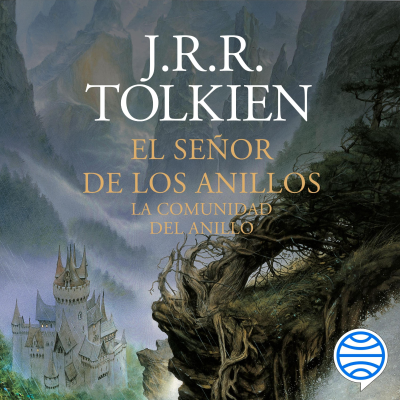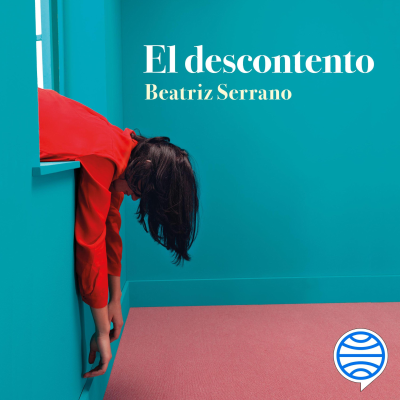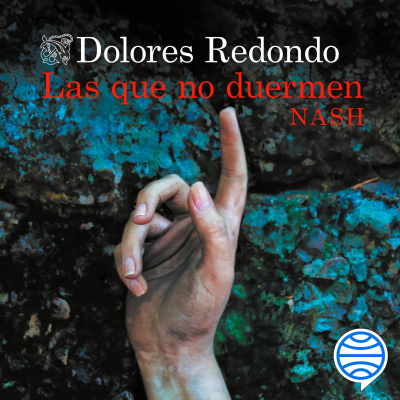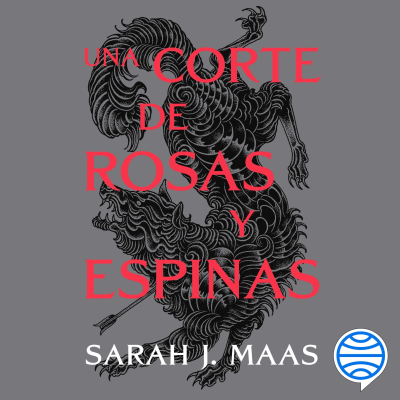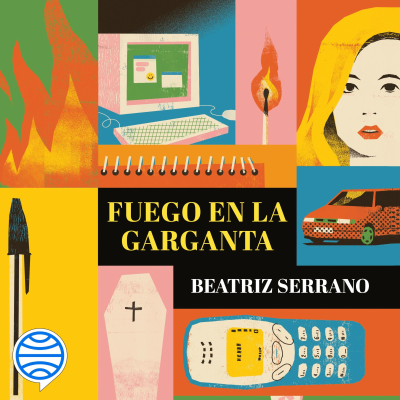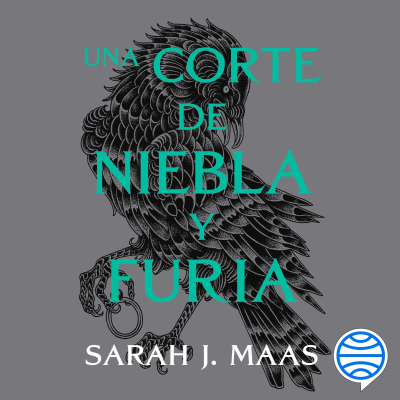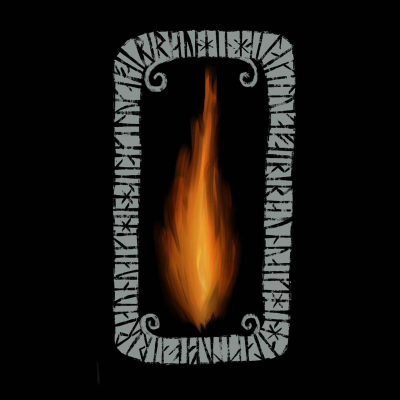
The Sacred Flame
Podcast de Mathias Nordvig
The Sacred Flame Podcast explores our ancestral story-worlds: the ancient foundation narratives that helped guide our ancestors in life. In this podcast, we reinvigorate the modern world with those stories and bring us back to a place of balance through an archaic revival, a new force that is sourced from the old, forgotten knowledge that was once transmitted in living stories in sacred settings. We gather by the sacred flame and revive the old ways of creating community in the world; by listening to nature and reestablishing the ties that let us realize that we are connected with everything that exists.Our ancestors knew that cultivating the right relationships with the other-than-human beings in the world is the key to living a good life. In this podcast, I am retelling and reconnecting the Nordic story-world with our current reality and offering my thoughts on how you can use these stories to reflect on what it means to exist in the modern world.
Empieza 30 días de prueba
4,99 € / mes después de la prueba.Cancela cuando quieras.
Todos los episodios
16 episodiosIn this episode I explore what it means to give something to a community, to sacrifice something, a part of yourself or something you own. It is important to know just how much to give so that you can avoid losing too much. These are the words of wisdom from Odin. I have often found myself giving too much to a community, and when what you give does not come back in some form of reciprocal acknowledgment, we get disappointed. The last four months have been incredibly busy, and I thought that it was because of my being busy that this episode kept being pushed further into the future, but not so long ago, I realized that it was in fact because I needed some important lessons about community before I could publish it.
In this episode I’ll take you on a trip through the historical components behind the idea that Vikings did mushrooms before battle. We will explore the context for why that claim emerged in the 1600s, when the Danish scholar Thomas Bartholin first put it out there, and why it’s the kind story that’s thoroughly a myth in the sense of something that's entirely made up. After that, I’ll offer some comments on the idea that psychotropic agents are helpful for the purpose of reaching a higher self, communing with spirit, ritual, whatever you’d like to call that connection we humans can make with the world around us.
In this episode I'm talking about Viking wolves and those manly men out there who think of themselves as "wolves." We're diving into the wolf's history in the Nordic story-world and how it relates to contemporary male fantasies about individualism, rugged masculinity, and being a protector. We will be learning about honor, legal codes in Scandinavian history, habeas corpus, and why Tyler Durden in Fight Club is an irresponsible fool.
This is the second part in the two-part series on rune magic. I cover the period from c. 700 CE to the end of the medieval period, discussing various kinds of magico-religious inscriptions that archaeologists have found. I also discuss the literary evidence a bit, centering on the Eddic poem Sigrdrífumál. Although there's a lot that could be covered from the period 1600-1800, I skip that period to talk about the origin of contemporary rune magic in the late 19th century. We learn about the Austrian rune occultist Guido List and what his rune "revivalism" was all about. We also learn about some of the people he associated with and how some of them went on to influence the Nazi movement's use of runes and occultism. Finally, we learn a bit about how List's type of rune magic has become the dominant strain in contemporary rune magic. SHOW NOTES Amazon.com: Hitler's Monsters: A Supernatural History of the Third Reich: 9780300189452: Kurlander, Eric: Books [https://www.amazon.com/Hitlers-Monsters-Supernatural-History-Third/dp/0300189451] The Occult Roots of Nazism: Secret Aryan Cults and Their Influence on Nazi Ideology: Goodrick-Clarke, Nicholas: 9780814730607: Amazon.com: Books [https://www.amazon.com/Occult-Roots-Nazism-Influence-Ideology/dp/0814730604]
This episode is the first in a series about rune magic. There is a lot to cover on that topic, so I have decided to split it up in two parts. In this episode I cover the earliest inscriptions from c. 0 CE to the beginning of the Viking Age. I provide a rundown of the invention and development of the runic writing system and give an overview of select runic inscriptions that can be understood as magical or religious. Contemporary rune magic is far removed from what it was in ancient times. There is no evidence that people practiced runic meditation or divination with runes in the way that popular books on the topic suggest today. Most contemporary scholars will reject the idea that runes were used for magic at all, but that is usually because they are unfamiliar with the surviving inscriptions that clearly have magico-religious content. There are good reasons that the idea that runes could have been used for magic has fallen out of favor. I explain why that is the case in this episode, and I dig into what rune magic seems to have been about in the early period based on the available evidence. SHOW NOTES: Kragehul I - Wikipedia [https://en.wikipedia.org/wiki/Kragehul_I] Kylver Stone - Wikipedia [https://en.wikipedia.org/wiki/Kylver_Stone] Old English rune poem - Wikipedia [https://en.wikipedia.org/wiki/Old_English_rune_poem] Gummarp Runestone - Wikipedia [https://en.wikipedia.org/wiki/Gummarp_Runestone] Stentoften Runestone - Wikipedia [https://en.wikipedia.org/wiki/Stentoften_Runestone] Vimose inscriptions - Wikipedia [https://en.wikipedia.org/wiki/Vimose_inscriptions] Svingerud Runestone - Wikipedia [https://en.wikipedia.org/wiki/Svingerud_Runestone] Vadstena bracteate - Wikipedia [https://en.wikipedia.org/wiki/Vadstena_bracteate] Rune poem - Wikipedia [https://en.wikipedia.org/wiki/Rune_poem] Abecedarium Nordmannicum - Wikipedia [https://en.wikipedia.org/wiki/Abecedarium_Nordmannicum] Codex Runicus - Wikipedia [https://en.wikipedia.org/wiki/Codex_Runicus] Rabanus Maurus - Wikipedia [https://en.wikipedia.org/wiki/Rabanus_Maurus] Gothic alphabet - Wikipedia [https://en.wikipedia.org/wiki/Gothic_alphabet] Ring of Pietroassa - Wikipedia [https://en.wikipedia.org/wiki/Ring_of_Pietroassa] Björketorp Runestone - Wikipedia [https://en.wikipedia.org/wiki/Bj%C3%B6rketorp_Runestone] Golden Horns of Gallehus - Wikipedia [https://en.wikipedia.org/wiki/Golden_Horns_of_Gallehus] Einang stone - Wikipedia [https://en.wikipedia.org/wiki/Einang_stone] Gothic runic inscriptions - Wikipedia [https://en.wikipedia.org/wiki/Gothic_runic_inscriptions#:~:text=Spearhead%20of%20Kovel,-The%20spearhead%20of&text=Both%20sides%20of%20the%20leaf,Ziel%2DReiter%22%20(mod.] Engraving on 2,000-year-old knife thought to be oldest runes in Denmark | Archaeology | The Guardian [https://www.theguardian.com/science/2024/jan/22/engraving-on-2000-year-old-knife-thought-to-be-oldest-runes-in-denmark#:~:text=The%20runic%20inscription%20%E2%80%93%20the%20alphabet,little%20sword%E2%80%9D%20in%20Old%20Norse.] Jelling stones - Wikipedia [https://en.wikipedia.org/wiki/Jelling_stones] Rock Carvings in Tanum - Wikipedia [https://en.wikipedia.org/wiki/Rock_Carvings_in_Tanum] Mars Halamardus – Wikipedia [https://de.wikipedia.org/wiki/Mars_Halamardus] (in German) Greek alphabet - Wikipedia [https://en.wikipedia.org/wiki/Greek_alphabet] Phoenician alphabet - Wikipedia [https://en.wikipedia.org/wiki/Phoenician_alphabet]
Empieza 30 días de prueba
4,99 € / mes después de la prueba.Cancela cuando quieras.
Podcasts exclusivos
Sin anuncios
Podcast gratuitos
Audiolibros
20 horas / mes
